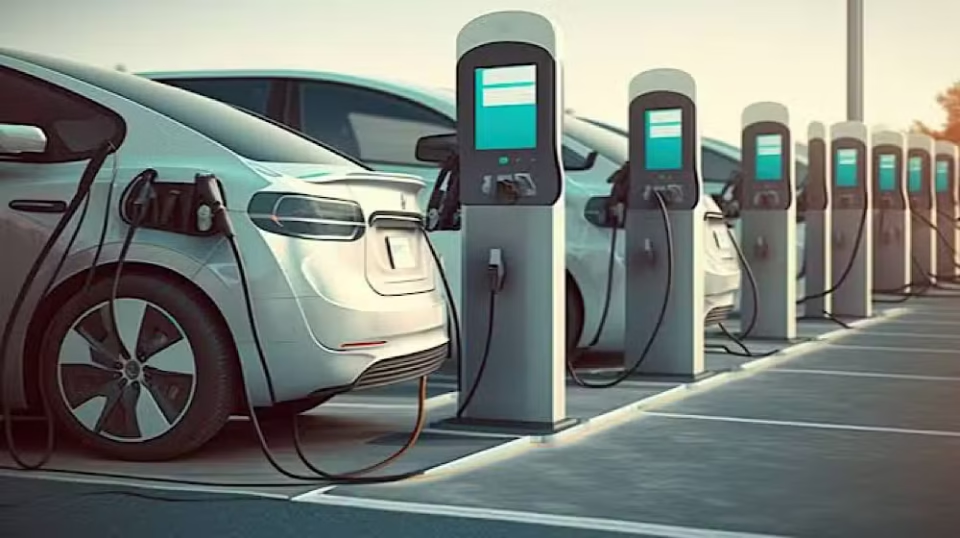Dark Reality of Plug-in Hybrid Electric Vehicles: What the Latest Study Reveals
Oct 30, 2025
Plug-in Hybrid Electric Vehicles (PHEVs) were once promoted as a clean, eco-friendly alternative to petrol cars — but a new report by Transport & Environment (T&E) exposes a different story. The findings suggest that most plug-in hybrids emit far more carbon dioxide (CO₂) in real-world conditions than what manufacturers claim.
🚘 Real-World Emissions Far Higher Than Promised
The T&E report analyzed data from over 800,000 vehicles across Europe and revealed that PHEVs sold in 2023 emitted nearly five times more CO₂ than their official lab ratings.
While automakers advertise up to 75% lower emissions compared to petrol cars, real-world results show only a modest 19% reduction.
This gap highlights the difference between laboratory testing and real driving conditions, where most drivers don’t achieve the same efficiency promised on paper.
⚙️ Why Plug-in Hybrids Fall Short
According to the study, many plug-in hybrids switch on their petrol engine even during electric-only trips. On average, the engine engages for nearly one-third of the time the car is supposed to run purely on electricity.
The issue often lies in weak electric motors that can’t power the vehicle independently.
-
PHEVs with strong electric motors (ratio 0.9) emit around 45 gCO₂/km
-
Weaker models (ratio 0.5) release over 100 gCO₂/km
Even vehicles with longer electric ranges (over 75 km) didn’t perform better — they often emitted more due to heavier weight and more powerful combustion engines.
In “charge-sustaining” mode, average CO₂ emissions rose to 202 g/km, nearly 25% higher than those of mid-range hybrids.
⛽ Hidden Fuel Costs for Drivers
T&E also pointed out that PHEV owners spend more on fuel than expected — even when driving in “electric mode.”
The study found that typical users spend about €250 (PKR 82,000) more per year on fuel compared to estimates, reducing the financial and environmental benefits that plug-in hybrids promise.
🌍 A Transitional Technology — But Not the Solution
Experts believe that while PHEVs serve as a bridge technology toward full electrification, they are not as green as advertised.
To deliver genuine environmental benefits, the study recommends:
-
Stronger electric motors capable of full driving power
-
Reduced vehicle weight
-
Policies promoting real electric usage rather than just plug-in capacity
Until then, plug-in hybrids will remain a transitional compromise — cleaner than traditional petrol cars, but far from the zero-emission dream they were marketed to be.

